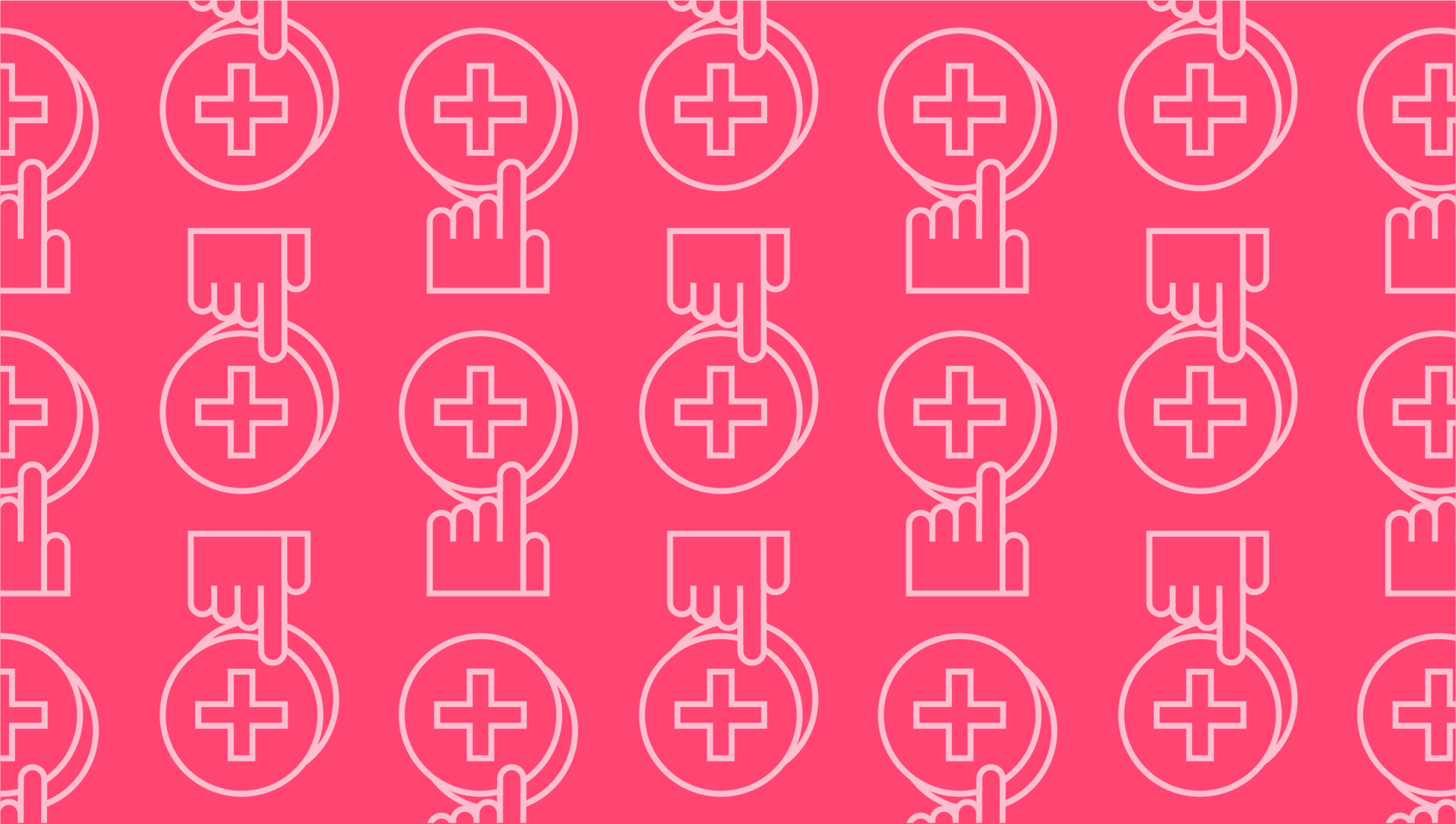
What are the Important Financial Figures to Track for a Small Business?
Last editedMar 20212 min read
When you run a small business, your attention is pulled in a thousand different directions every hour of every day. It can be hard to see the wood for the trees, especially when it comes to your company’s financial health. A gifted entrepreneur won’t necessarily be an accomplished statistician. In fact, spreadsheets and CRMs packed with numerical data may well make your head spin. Nonetheless, regular and comprehensive tracking and reporting of your business finances is an absolutely essential habit to get into. It can help you to better understand your small business’ financial health, and inform you how best to take action if your financial health is ailing.
Sure, it may be difficult to find the time for this. But no matter how busy you are, it’s in your best interests to make the time. Burying your head in the sand can only lead to unpleasant surprises that could prove disastrous. That said, comprehensive reporting can get extremely complicated. How do you know where to look? Which key performance indicators (KPIs) are the best indicators of your business’ health and success?
Join us as we take a look at the most important financial figures to track for a small business.
Revenue
Getting a clear picture of your small business’ finances starts with knowing how much money is coming into your company. Your revenue (also known as turnover) accounts for everything you make from sales / subscriptions. And while it’s important to keep track of this, it can also be a misleading metric. A high revenue figure doesn’t necessarily mean that your business is in good financial health.
Your revenue is your top line, while all your expenses and outgoings constitute your bottom line. The further apart your top and bottom lines are, the greater your profitability and the healthier your business finances.
Accounts receivable ageing
You can only work with the money that’s in your business bank account. The faster you get paid, the easier it is to build your revenue, so important to keep an eye on the age of your accounts receivable. Your reporting should account for how much is owed to you by whom, and within what time frame. So you can chase up debtors who are lagging and ensure a healthy cash flow.
Working capital
The age-old adage is true – it takes money to make money! Being able to make capital investments can help to take your business to the next level. But you need to know how much working capital you have in order to make capital investments without compromising cash flow. Your working capital is the difference between your current financial assets and your liabilities like payroll, taxes, debt repayments and other accounts payable.
Churn rate
With more and more businesses choosing the subscription model in recent years, churn rate has become an increasingly important metric to watch. Your churn rate calculates how many customers stop using your product or service in a given timeframe. Understanding when customers drop out can help you to ascertain why they drop out, and take active steps to reduce churn rates.
Profit margin
Finally, we alight on arguably the most important metric of them all. There’s no better indicator of your business’ financial wellbeing than profit margin. Your profit margin ratio is similar to your gross profit margin, except that it encompasses all of your operational costs rather than just the Cost of Goods Sold. You should be targeting a profit margin of around 25% at the very least. However, this may vary slightly depending on your industry.
We can help
If you’re interested in finding out more about any aspect of your business finances, or how best to track them, then get in touch with our financial experts. Find out how GoCardless can help you with ad hoc payments or recurring payments.
